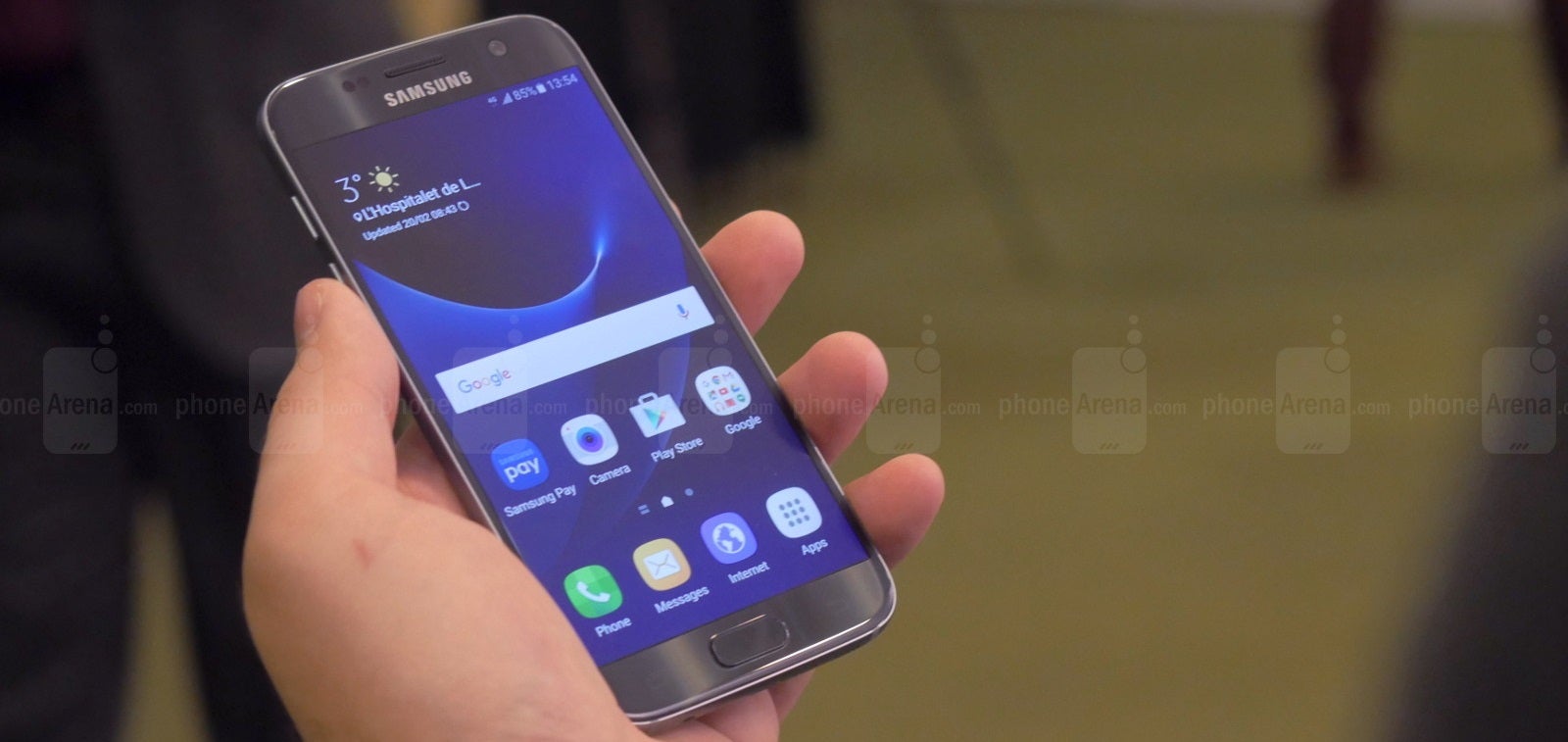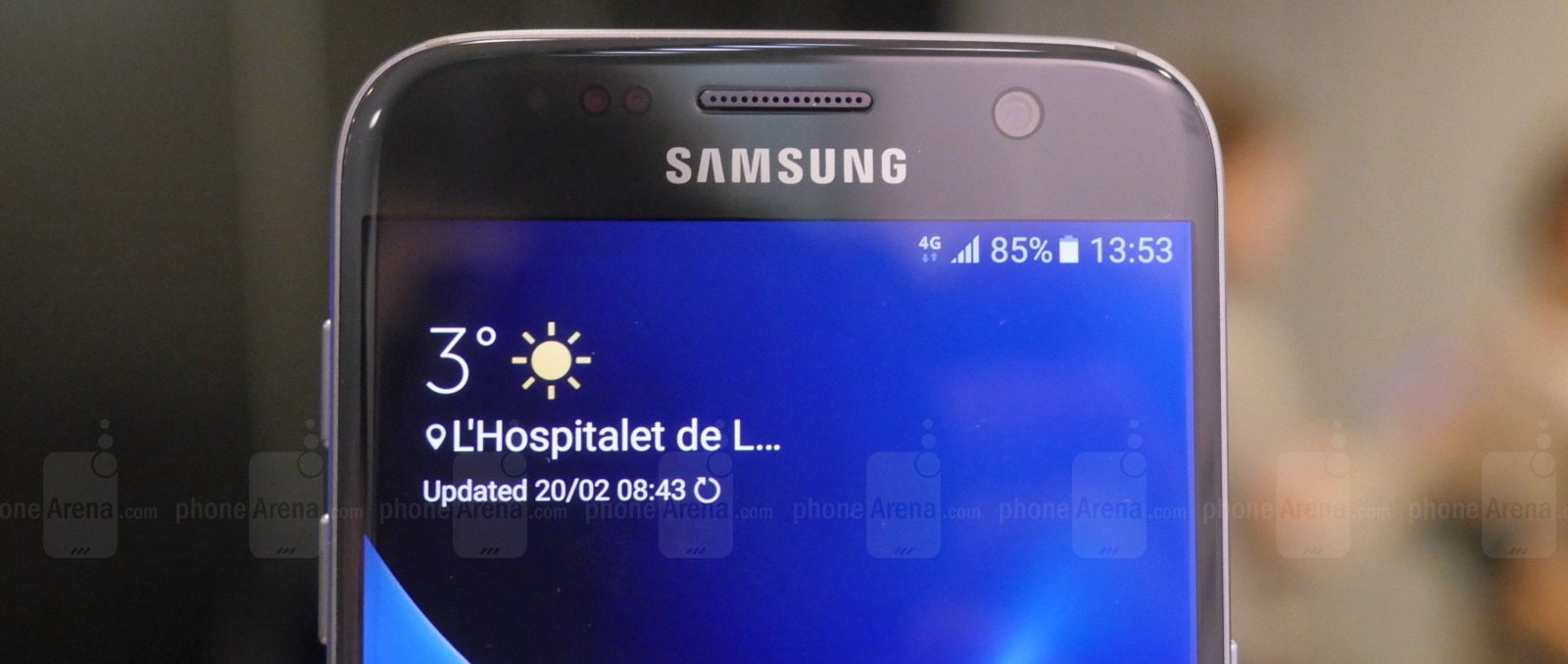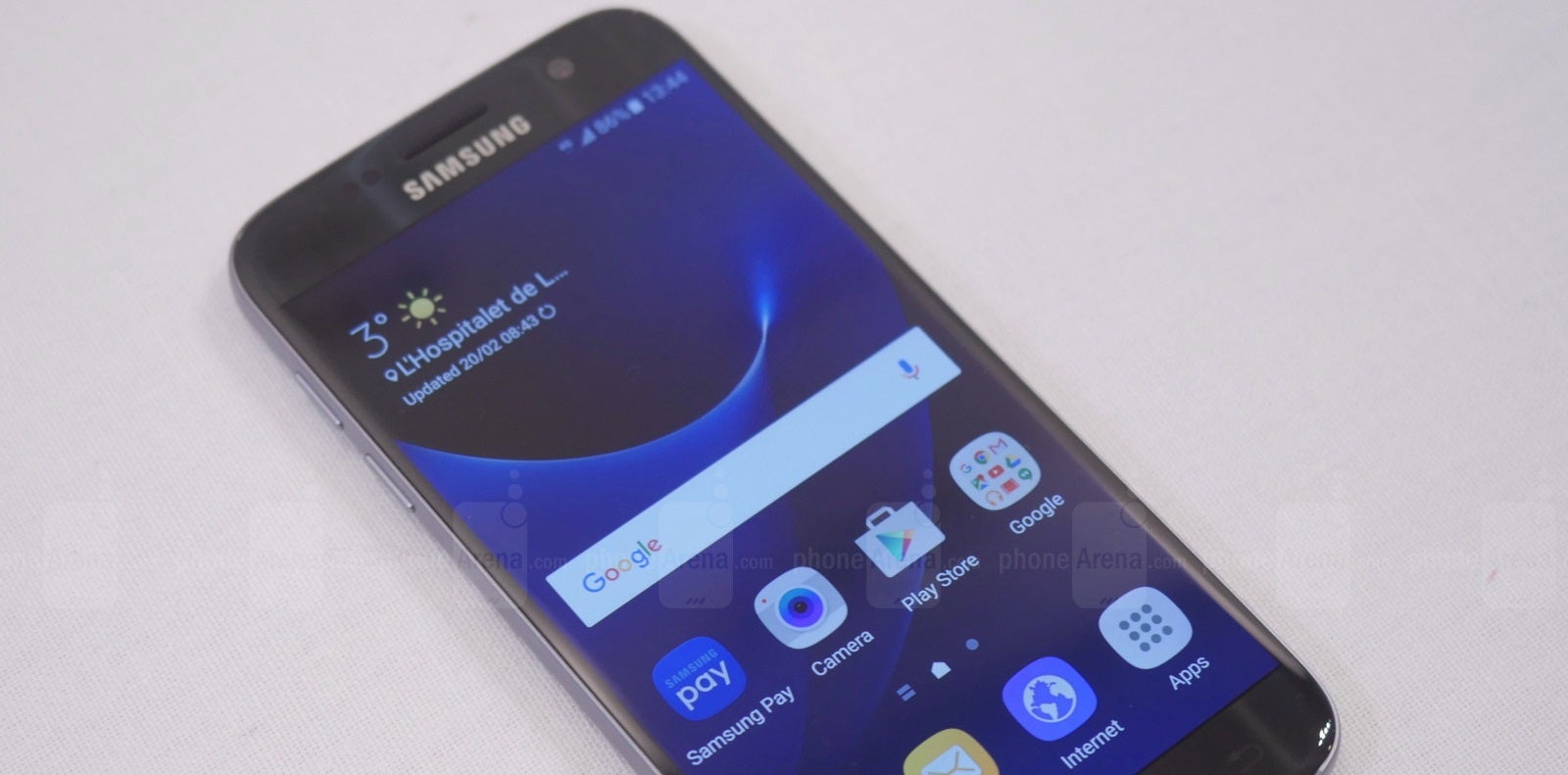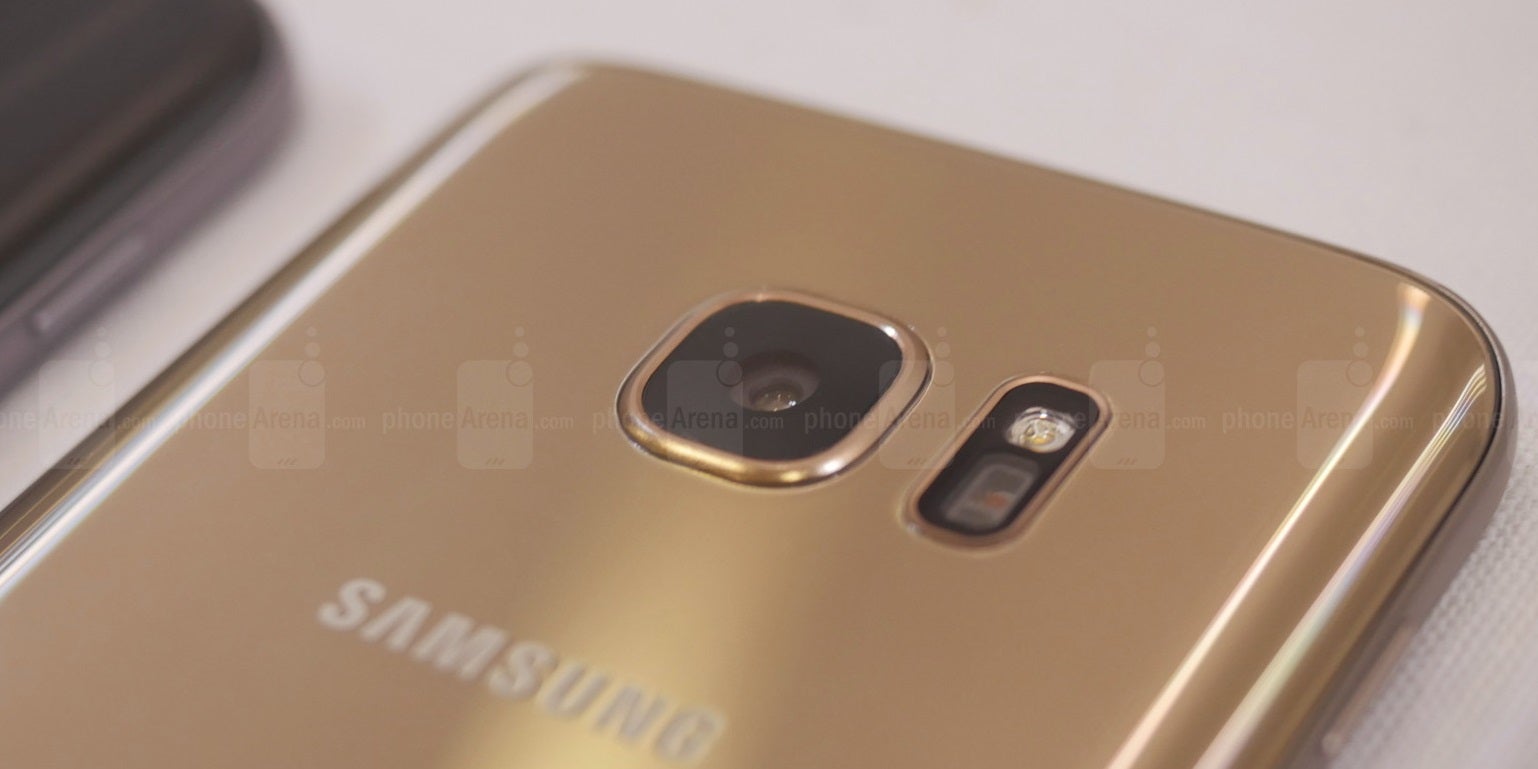Samsung Galaxy S7 and S7 edge specs review: refined for the mainstream

Display
The Samsung Galaxy S7 and S7 edge both feature Quad-HD resolution, Super AMOLED displays with Always On modes that let you have a quick peek at basic information like the time, calendar or notifications without having to touch or wake the screen. This feature is designed to turn itself off when your phone is in your pocket or out of sight. The S7 has a 5.1-inch display, while the S7 edge has a bigger, 5.5-inch display. Given these sizes, their pixel densities add up to 576ppi and 534ppi, respectively, which is tech speak for "extremely sharp". Both are covered in curved scratch-resistant glass.

Hardware
Samsung's hero phones boast new and improved chipsets that are more powerful and more efficient than the previous generation. The American version is powered by the Qualcomm Snapdragon 820 processor, which boasts four custom 64-bit CPU cores, a powerful Adreno 530 GPU, and LPDDR4 RAM support. Although the number of CPU cores has been reduced to four from the eight stock ARM cores ticking in the previous-gen SD 810 chip, the 820 is capable of 30% to 35% improvements in performance and power efficiency. Similarly, the Adreno 530 GPU is up to 40% faster than the older Adreno 430 unit.
As for battery life, the GS7 has a 3,000 mAh battery unit and the Galaxy S7 has a bigger 3,600 mAh cell. Samsung decided an increase to battery capacity was in order this year, even though the GS6 and GS6 edge managed decent battery life with their 2550mAh and 2600mAh batteries. The more, the merrier! Once again, Samsung implemented wireless charging, as well as fast wireless charging, which is something new for the industry.

Camera
Samsung's goal for its flagship smartphones' cameras is to turn them into reliable point and shooters that deliver high quality images, no matter the time, day, or location. Thus, the Samsung Galaxy S7 and Galaxy S7 edge rock 12MP rear cameras. The 1/2-inch camera sensor's individual pixels are bigger than the 1.12 micron dots on 20MP and 1.2 micron dots on 16MP sensors, which, coupled with a wider aperture, lets them soak in more light – up to 56%, according to Samsung's estimates. The result should be brighter and sharper images, even in low light. Moreover, the camera is equipped with dual-PD (dual photodiode) technology for quicker auto-focus. Instead of each pixel site comprising a single photodiode for image capture, the Dual Pixel CMOS sensor allocates two photodiodes for every single pixel site. This makes focus quicker and more accurate, both for photos and video recording. According to Samsung, its dual pixel tech is a first for smartphone cameras.

Expectations
The S7 is a next-level showcase of Samsung's technological progress and contains some of the best mobile hardware money can buy in 2016. Although the competition by Apple's still fresh iPhone 6s, LG's feature-packed G5, and HTC's upcoming M10 hero phone seems fairly strong, the Galaxy S7 and S7 edge have both the style and the guts to defend Samsung's enviable market share for another year. We're pretty sure the Koreans' status as the most proficient hardware maker and smartphone seller in the Android arms race won't be severely disrupted.
Follow us on Google News




![Some T-Mobile users might be paying more starting in March [UPDATED]](https://m-cdn.phonearena.com/images/article/176781-wide-two_350/Some-T-Mobile-users-might-be-paying-more-starting-in-March-UPDATED.webp)









Things that are NOT allowed:
To help keep our community safe and free from spam, we apply temporary limits to newly created accounts: